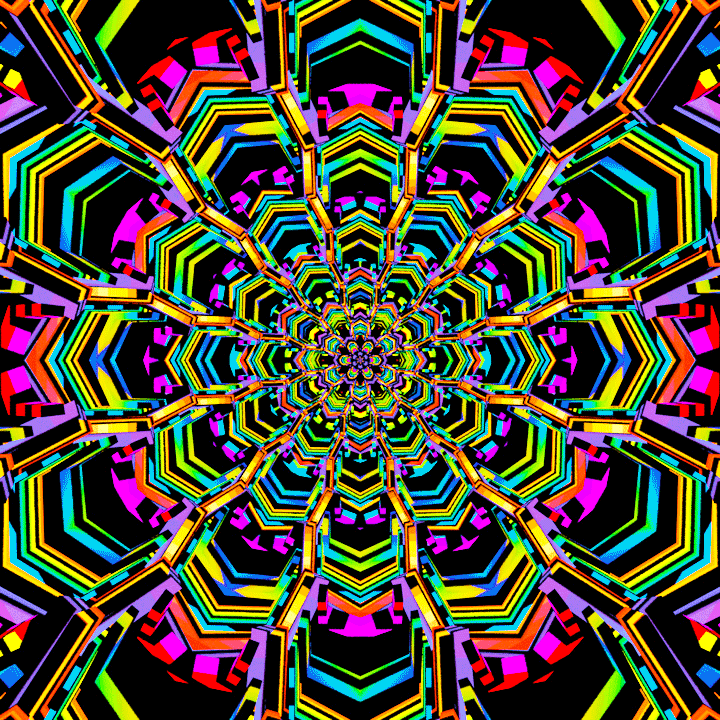
DECEMBER 15TH, 2021
The NFT world is filled with talk of change, of revolution, of breaking the bonds with the existing art world and creating a new one. While this is all happening every day with results still to be determined, it is mostly about transactions.
What about art? What is new about the actual artwork?
A large percentage, maybe 90% or more, of NFT art appears the same if you see it on a screen or if you print it out and hang it on the wall. The aesthetics are the same. The way the viewer relates to it is the same. Which is the same way viewers have viewed 2D art (including photography) for centuries: static.
What I think is an exciting new aesthetic, and I would argue an entirely new art form in the NFT space is that of Motion Art. But what is Motion Art?
Since almost everything we view is on a screen driven by a CPU any image can move. This movement, this motion, has nothing to do with narrative motion art such as movies because it does not tell a story and does not have a beginning, middle and end, it loops. You view it in a brief period, a few seconds usually. But it can also be viewed for 10 minutes. So aesthetically it sits somewhere between static art and narrative motion. A motion painting, if you will.
I say that this is a new art form with an entirely new aesthetic. You know it as a GIF.
Everyone in the world uses GIFs to communicate every day. For this reason, I called it the world's most powerful art form. You may not immediately see the connection between the silly GIFs we send each other every day and what I am calling a new art form, but the characteristics are the same.
This aesthetic can be used to create a GIF that a friend sends you to wish you a Happy Birthday or it can be a work of art that you can watch many times with as much satisfaction as you get from a great work of static art. All great art forms started with humble beginnings, often as populist art forms. You just have to look at the early days of film to see this.



What makes Motion Art, or GIFS, unique? That is a puzzle that I have been writing about for 3 years in my blog. There are many things, but one important factor is that the aesthetic of it, the value of it, is carried through the motion + image together.
A friend recently said to me that you can just take a static image and wiggle it around a bit to give it some interest. To that comment, I gave them a serious side-eye because this is at the heart of Motion Art. If someone just makes a static image wiggle around a little bit to give it some 'interest' then I would not call that Motion Art. Because if you printed it out and hung it on the wall the general aesthetic would be the same.
However, for any of the pieces I have shown above this is not the case. The aesthetic value of it is the Image + Motion together. Without the motion, none of these works would have the same impact.
My friend and fellow motion artist A.L. Crego uses the example of a waterfall: when you watch a waterfall it is beautiful and fascinates, you can sit for a long time just staring at it and get lost in it; a fire is another example. The image of it is in front of you and not going anywhere but it is moving. And looking at a static image of a waterfall or a fire would not have the same effect at all.
This is the beauty and mystery of Motion Art, which I will be writing about here in UNDRGRND in the weeks to come. I look forward to sharing these views with you and hearing your thoughts about this new art form.
